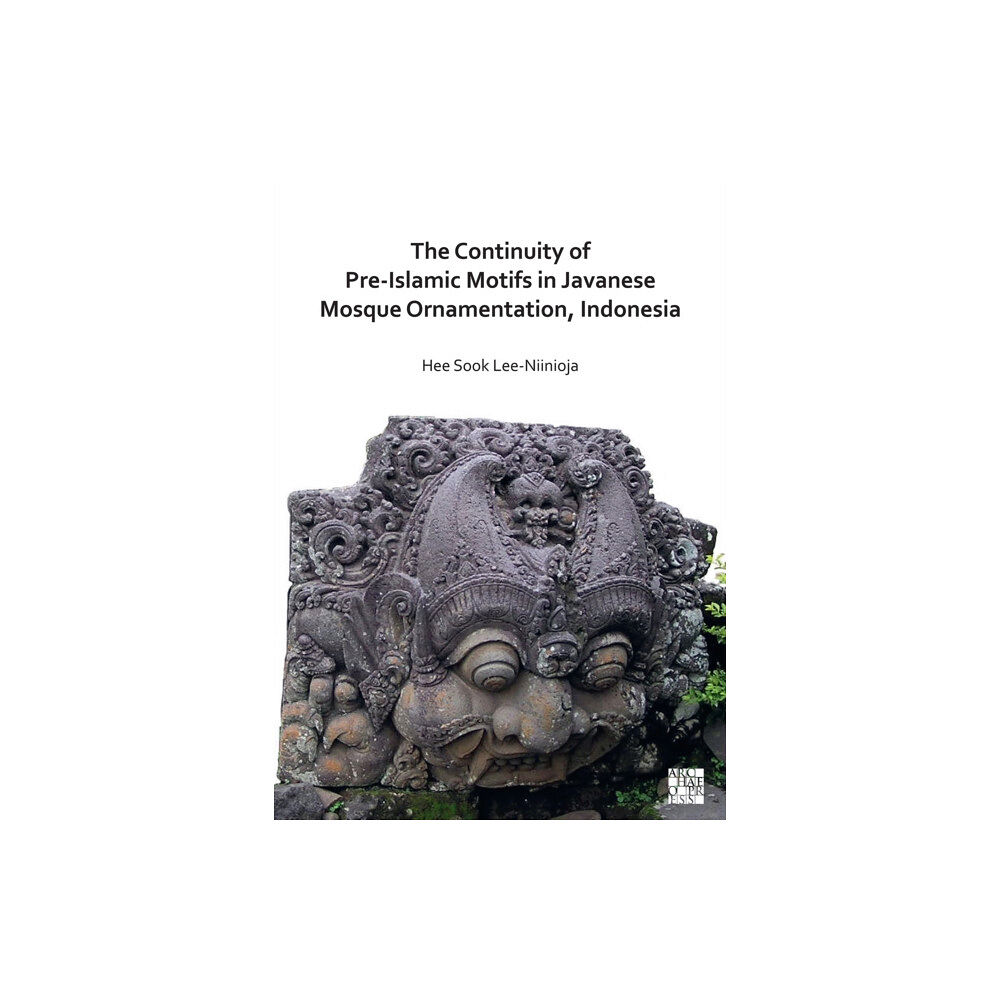- Hem
- Böcker
- Kurslitteratur
- Historia
- The Continuity of Pre-Islamic Motifs in Javanese Mosque Ornamentation, Indonesia (häftad, eng)

The Continuity of Pre-Islamic Motifs in Javanese Mosque Ornamentation, Indonesia (häftad, eng)
The Continuity of Pre-Islamic Motifs in Javanese Mosque Ornamentation assesses the continuity and significance of Hindu-Buddhist desi...
759 kr
805 kr
Bara 2 kvar
Skickas inom 2-3 vardagar
- Fri frakt
Fri frakt över 299:-
Snabb leverans
Alltid låga priser
Produktbeskrivning
The Continuity of Pre-Islamic Motifs in Javanese Mosque Ornamentation assesses the continuity and significance of Hindu-Buddhist design motifs in Islamic mosques in Java. The research starts from a belief that typical Javanese ornaments were consistently used both in pre-Islamic Hindu-Buddhist temples and Islamic mosques in Indonesia.
This phenomenon was a result of syncretic Javanese Islam, composed of mystic animism, Hindu-Buddhism, and Islam, which differed from orthodox Islam in the Near East and Arab world. The volume investigates four pre-Islamic motifs in Javanese mosque ornamentation from the 15th century to the present day: prehistoric tumpals, Hindu-Buddhist kala-makaras, lotus buds, and scrolls, all of which have symbolic connotations and are used to decorate sanctuaries.
For a comparison between temple and mosque ornamentation, 10 Hindu-Buddhist temples and 30 mosques were selected, and a representative sample of each motif was taken during the researcher’s fieldwork. The findings revealed continuity in the four motifs across the pre-Islamic and Islamic periods, reflected in lines, shapes, forms, and rhythms.
The symbolic connotations of the four motifs allowed them to continue, and their influence was dependent upon the creativity of the local genius in each epoch.
This phenomenon was a result of syncretic Javanese Islam, composed of mystic animism, Hindu-Buddhism, and Islam, which differed from orthodox Islam in the Near East and Arab world. The volume investigates four pre-Islamic motifs in Javanese mosque ornamentation from the 15th century to the present day: prehistoric tumpals, Hindu-Buddhist kala-makaras, lotus buds, and scrolls, all of which have symbolic connotations and are used to decorate sanctuaries.
For a comparison between temple and mosque ornamentation, 10 Hindu-Buddhist temples and 30 mosques were selected, and a representative sample of each motif was taken during the researcher’s fieldwork. The findings revealed continuity in the four motifs across the pre-Islamic and Islamic periods, reflected in lines, shapes, forms, and rhythms.
The symbolic connotations of the four motifs allowed them to continue, and their influence was dependent upon the creativity of the local genius in each epoch.
| Format | Häftad |
| Omfång | 296 sidor |
| Språk | Engelska |
| Förlag | Archaeopress |
| Utgivningsdatum | 2022-01-28 |
| ISBN | 9781803270487 |
Specifikation
Böcker
- Häftad, 296, Engelska, Archaeopress, 2022-01-28, 9781803270487
Leverans
Vi erbjuder flera smidiga leveransalternativ beroende på ditt postnummer, såsom Budbee Box, Early Bird, Instabox och DB Schenker. Vid köp över 299 kr är leveransen kostnadsfri, annars tillkommer en fraktavgift från 29 kr. Välj det alternativ som passar dig bäst för en bekväm leverans.
Betalning
Du kan betala tryggt och enkelt via Avarda med flera alternativ: Swish för snabb betalning, kortbetalning med VISA eller MasterCard, faktura med 30 dagars betalningstid, eller konto för flexibel delbetalning.
Specifikation
Böcker
- Format Häftad
- Antal sidor 296
- Språk Engelska
- Förlag Archaeopress
- Utgivningsdatum 2022-01-28
- ISBN 9781803270487
